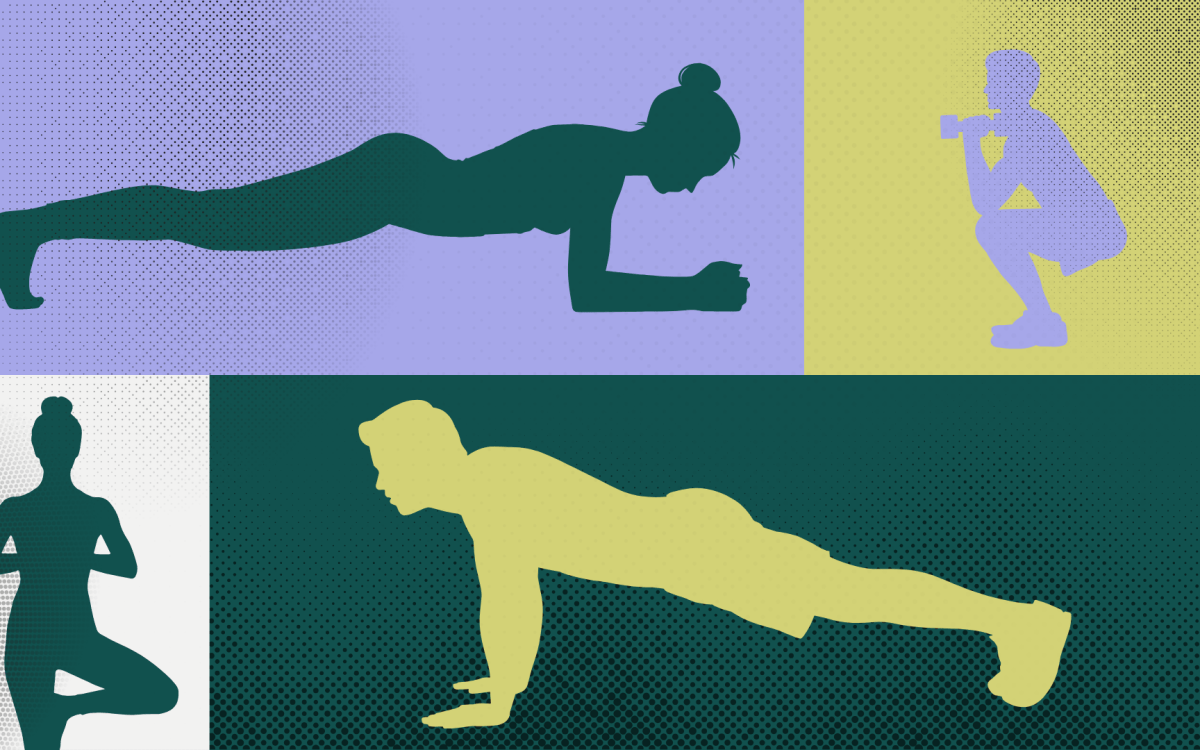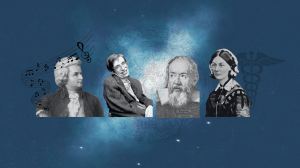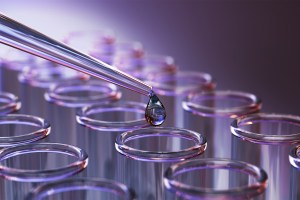Science & Tech
-
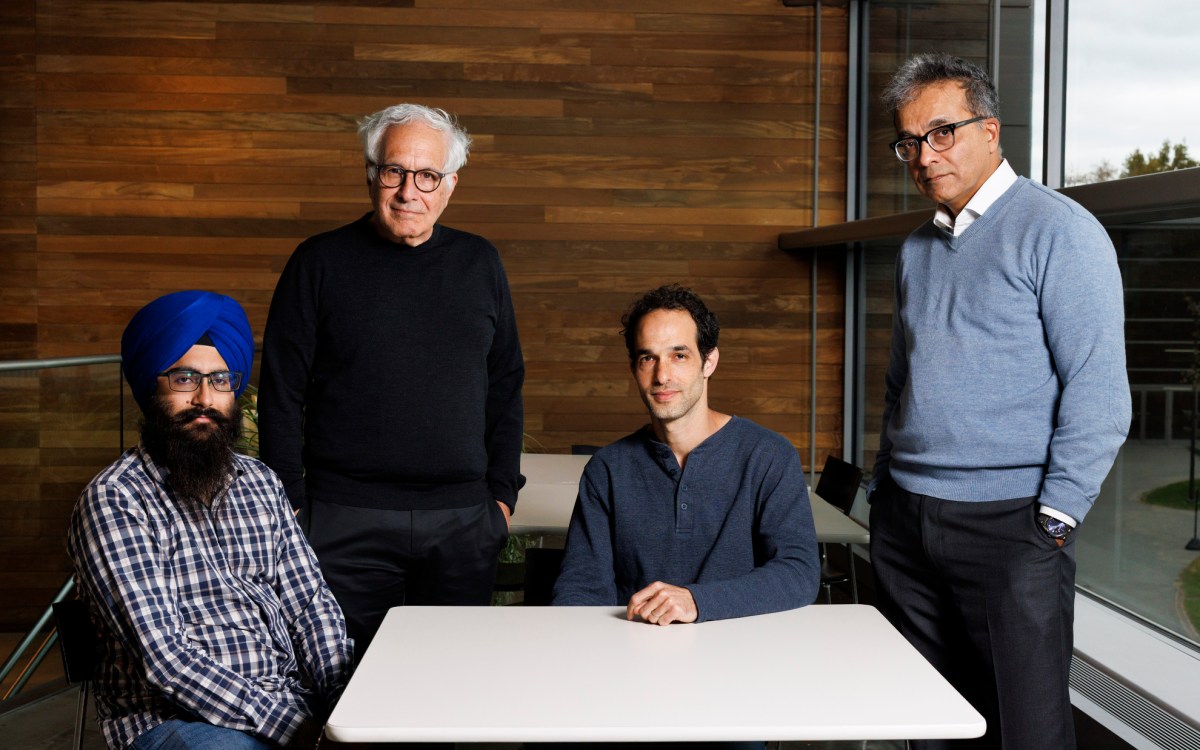
Want to speed brain research? It’s all in how you look at it.
New AI-enhanced scanning method promises to boost quest for high-resolution mapping
-

-

‘It just feels good when you solve the hard problems’
Why do students volunteer to take this notoriously difficult math exam? For the fun of it.
-
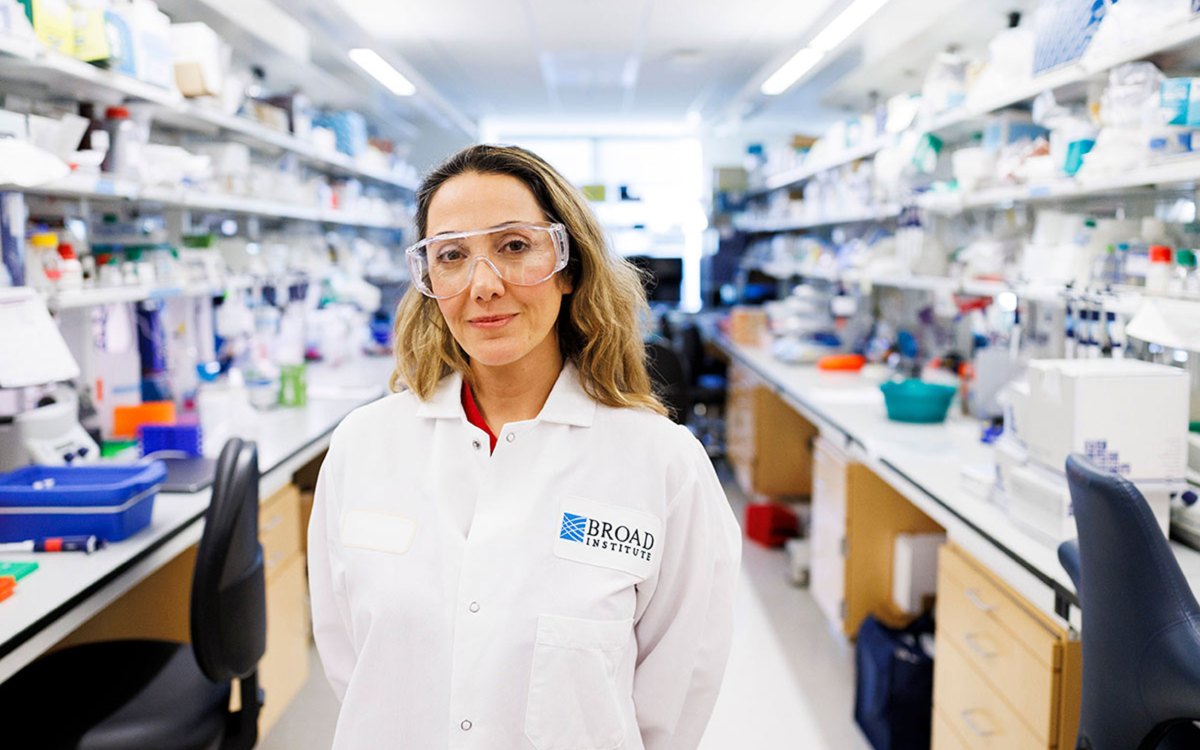
Stopping the next pandemic
Disease surveillance network faced ‘existential cliff’ despite proven success. Then came the $100 million.
-

Rethinking — and reframing — superintelligence
Microsoft researcher says separating AI from people makes systems dangerous and unproductive
-
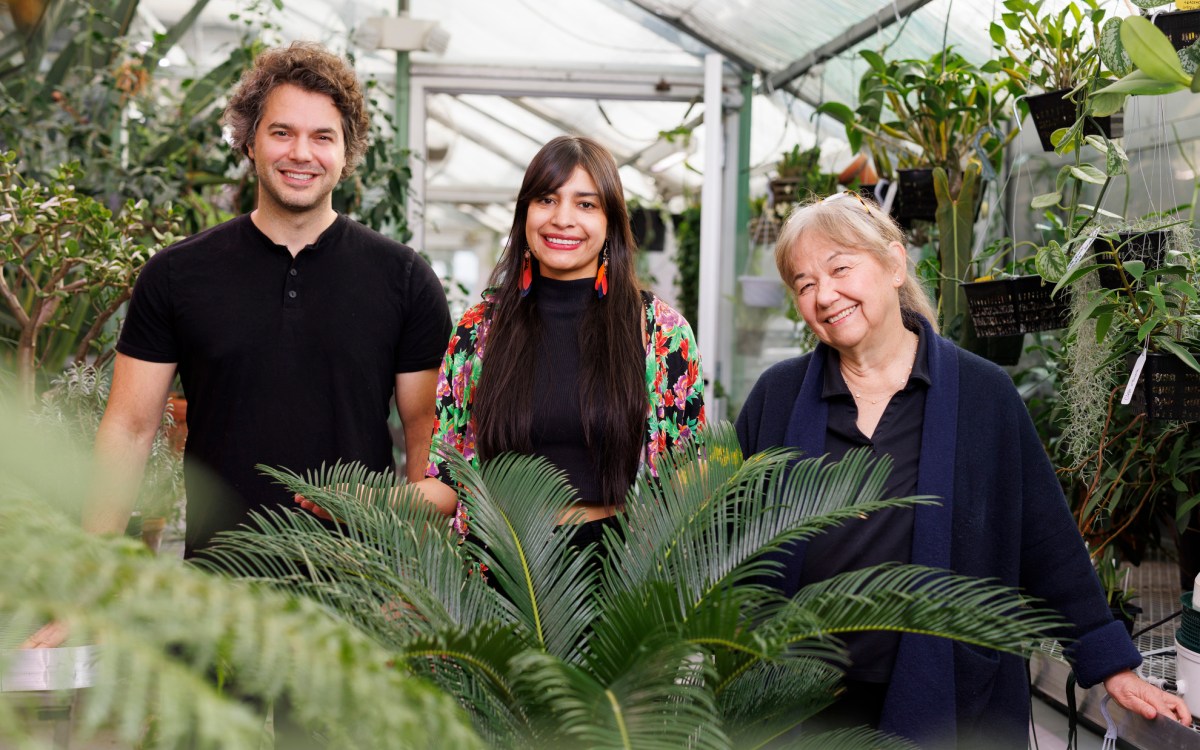
First, male gets heated up, then female, and then, you know
Study shows infrared radiation from plants serves as invitation to pollinating insects
-
Minority patients face barriers to optimum end-of-life care
Eric Krakauer is an instructor in medicine at Harvard Medical School and part of Massachusetts General Hospital’s Palliative Care Service. He and his colleagues have been concerned that, according to…
-
Submillimeter array opens one of astronomy’s last frontiers
Exploring one of astronomy’s last frontiers at a site near the summit of Mauna Kea in Hawaii, the submillimeter array (SMA) project offers a unique opportunity for astronomers to observe…
-
Structure in dust around Vega may be signature of planet
Vega, located 25 light years away in the constellation Lyra, is the brightest star in the summer sky. Observations of Vega in 1983 with the Infrared Astronomy Satellite provided the…
-
Chandra finds ghosts of eruption in galaxy cluster
Astronomers using NASA’s Chandra X-ray Observatory recently discovered relics of an ancient eruption that tore through a cluster of galaxies. The discovery implies that galaxy clusters are the sites of…
-
Which side are you on?
Andrew Kydd is an assistant professor of government at Harvard University who has developed an interesting theory about mediation. As Kydd writes in the introduction to a working paper, “Mediators…
-
User fees have unintended effect of decreasing health care access for poor
The reform of health care systems is supposed to make access to health care better. But in the particular case of user fees, the opposite effect was observed. During the…
-
Economic growth in Colombia: A reversal of “fortune”?
Between 1950 and 1980, the Colombian economy grew at a respectable average rate of 5 percent. Between 1980 and 2000, that average rate of growth fell to 3 percent. Why?…
-
Grants vs . investment subsidies
In many countries, governments face policy decisions about how to help poor people who have difficulty helping themselves because they can’t borrow money. What is the proper form of intervention?…
-
Indivisible territory and ethnic war
Monica Duffy Toft is assistant professor of public policy at Harvard University’s John F. Kennedy School of Government and assistant director of the Olin Institute for Strategic Studies at Harvard’s…
-
Diagnosis by database shows promise
A relatively new approach to researching cancer involves looking at the actions of thousands of genes in cancer tumors. This technique just recently became possible because, using new applications of…
-
Looking toward the end
Among astronomers there is almost a consensus that universal expansion will go on forever, with galaxies and clusters of galaxies moving away from each other so fast that gravity cannot…
-
Scientists using gene chips identify unique form of leukemia
Currently, physicians diagnose and treat a rare form of cancer that strikes infants as a particularly aggressive form of the more common acute lymphoblastic leukemia. The cancer may respond to…
-
Analysis of potential mad cow risk in U.S. finds little chance of disease spread
The Harvard Center for Risk Analysis (HCRA), part of the Harvard School of Public Health, performed an analysis for the U.S. Department of Agriculture to determine what the effects would…
-
Chandra captures Venus in a whole new light
Researchers using NASA’s Chandra X-ray Observatory have made the first X-ray images of Venus, Earth’s sister planet.
-
Atmosphere detected on distant world orbiting another star
One-hundred-and-fifty light years away from Earth, in the constellation Pegasus, is a star known as HD 209458. Using NASA’s Hubble Space Telescope, a research team was able to detect the…
-
New study provides mixed report card on informed consent to cancer clinical trials
According to a study that appeared in the Nov. 24, 2001, issue of The Lancet, nearly one quarter of cancer patients who participate in clinical trials do not realize that…
-
Survey shows Americans not panicking over anthrax
In the wake of biological terror attacks perpetrated by unknown persons sending anthrax-laced letters through the U.S. mail, the Harvard School of Public Health and the Robert Wood Johnson Foundation…
-
Strong student support found for war
American college students strongly support U.S. war objectives in Afghanistan aimed against the Taliban and Osama bin Laden’s al Qaeda terrorist network, according to a survey conducted by the Institute…
-
Anthrax expert Matthew Meselson speaks out
In 1992-93, Harvard Professor Matthew Meselson investigated the largest known outbreak of inhalation anthrax in history, which occurred in the Soviet Union in 1979. The anthrax was accidentally released from…
-
It’s easy being green
Eleven interns worked on seven projects across Harvard University for three months in the summer of 2001. The internships were sponsored by the Harvard Green Campus Initiative, in collaboration with…
-
Atmospheric chemists fly high and low for novel carbon dioxide measurements
Political leaders throughout the world have taken notice of the increasing levels of carbon in the atmosphere and have begun negotiations on how to mitigate “greenhouse” gases through accords such…
-
How media violence touches children
Children and adolescents are consuming more television than ever before. The average 8- to 18-year-old spends nearly seven hours each day involved with some form of media. Kids are also…
-
Drug patents not crucial in AIDS fight, researchers find
About 25 million people are infected with AIDS in Africa and just 25,000, or one in 1,000, are receiving antiretroviral drug treatment. Patents for anti-AIDS drugs have come under fire…
-
New use found for black silicon
In 1999, Harvard researchers used laser pulses to etch the surface of silicon, the most common substance used in electronic devices. By accident, they created a material that efficiently traps…
-
Student investigates investing in Mother Earth
Managers of “green” mutual investment funds seek to invest their clients’ money in socially responsible and environmentally friendly companies. But those managers, and individual investors, are often hampered by a…
-
Chandra probes nature of dark matter
It’s one of the universe’s most enduring mysteries — what comprises the “dark matter” that scientists believe most of the universe is made of, but which humans have been unable…
-
Astronomers take the measure of dark matter in the universe
Astronomers believe that most of the matter in the universe is invisible to us — so called “dark matter.” The nature of this dark matter is not known, but most…
-
Chandra discovers eruption and pulsation in nova outburst
The brightening of Nova Aquila was first detected by optical astronomers in December 1999. Although this star is at a distance of more than 6,000 light years, it could be…
-
Chandra examines a quadrillion-volt pulsar
A pulsar is a rapidly spinning neutron star that emits massive amounts of radiation in rapid pulses that occur at regular intervals. A neutron star is created when the central…
-
Young pulsar reveals clues to supernova
Using the Chandra X-ray Observatory to learn more about pulsars, A team led by Stephen Murray of the Harvard-Smithsonian Center for Astrophysics in Cambridge, Mass., studied 3C58, the remains of…
